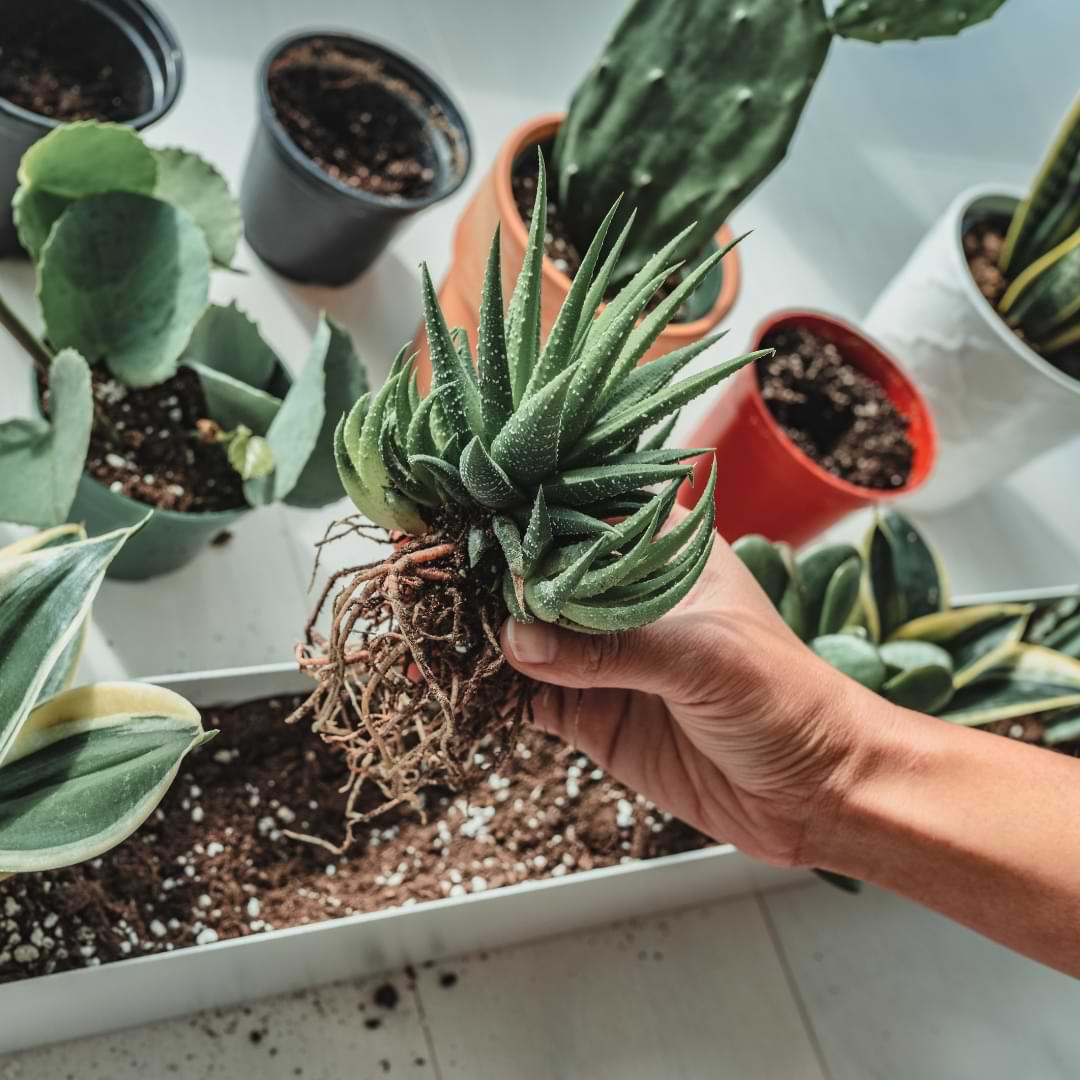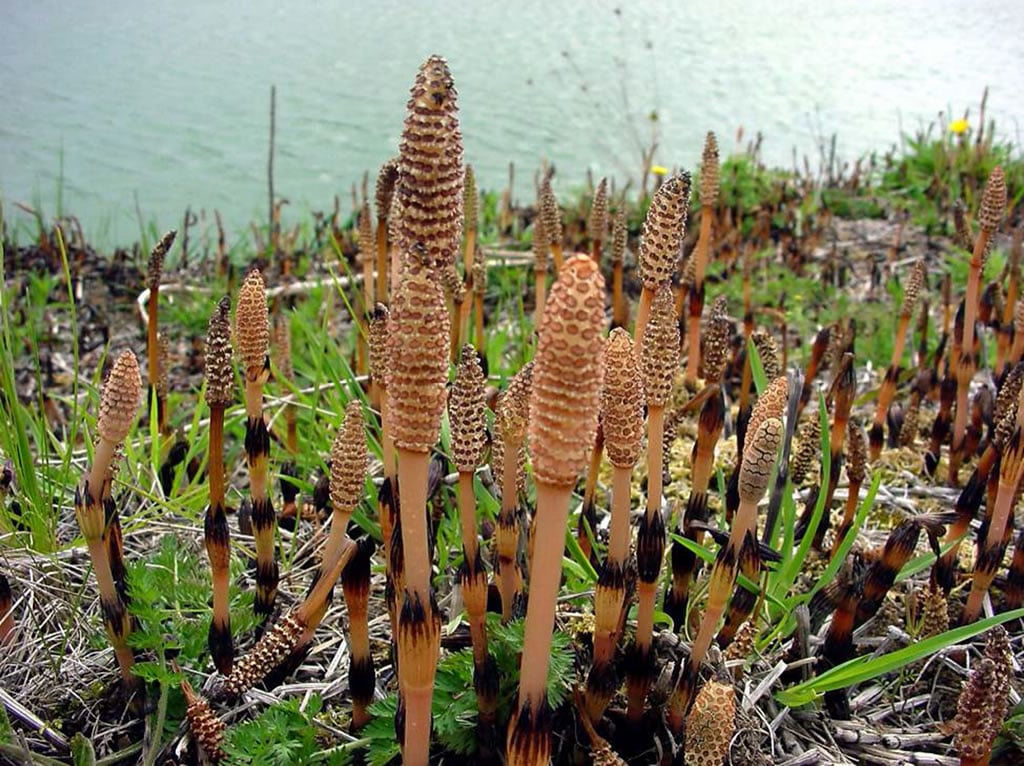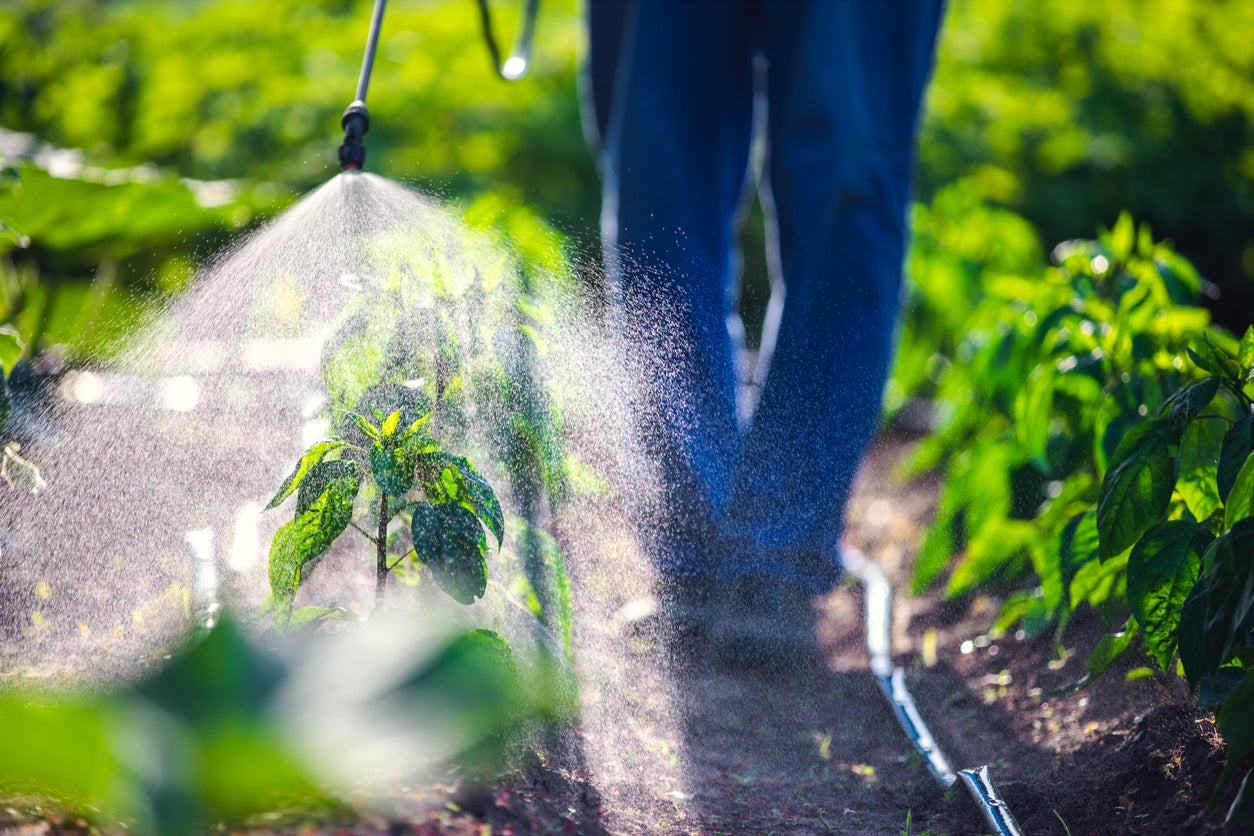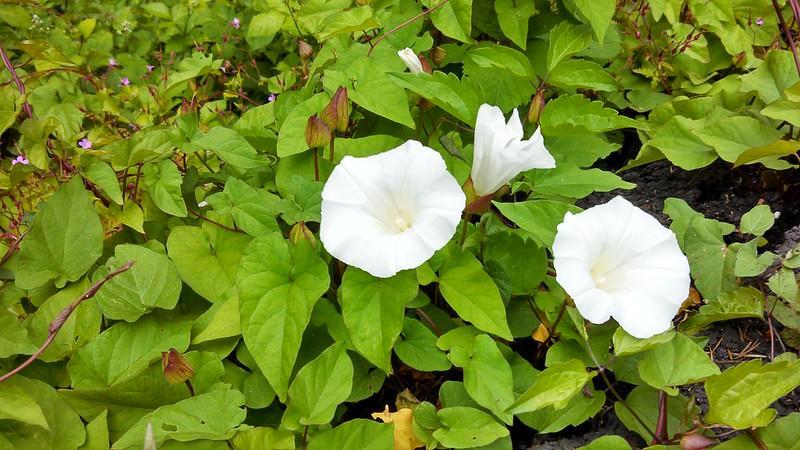What Is Loam Based Compost? All You Need to Know
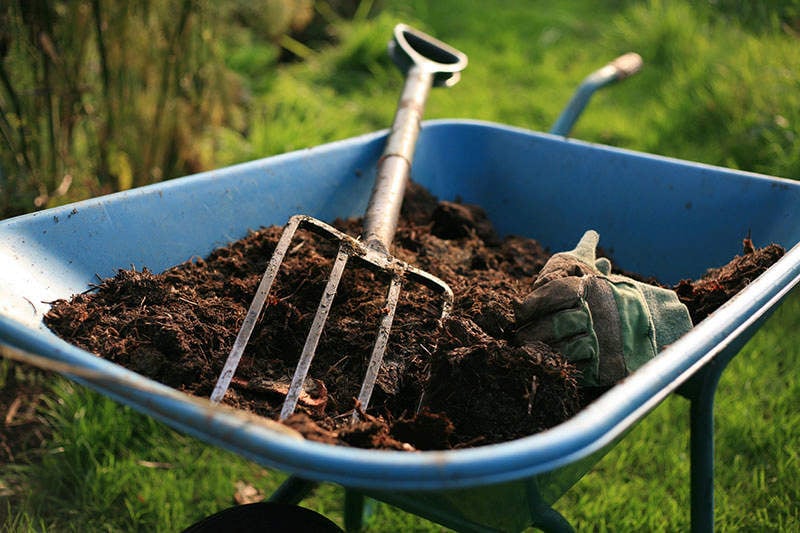
Table of Contents
Are you looking for the best compost for your gardening needs? Loam-based compost is the best for vegetable gardens. It is also useful for acid-loving plants like camellias and rhododendrons.
By adding loam-based compost to your garden soil, you can maximize the growth of your vegetables. Loam-based compost is also known as John Innes compost. John Innes Horticultural Institute developed it in the 1930s.
Today it has become a growth booster for vegetables. It contains everything required by the plants for healthy growth. Loam-based compost is soil based, and its main ingredient is loam. It also contains two other useful ingredients- peat and sand.
You can use it in your garden like a normal compost mix. You can make your own loam-based compost or buy it from the local gardener shop.
Things You Need to Know About Loam-Based Compost
Let’s take a look at the benefits, usage instructions, and composition of loam-based compost.
What Is Loam-Based Compost?
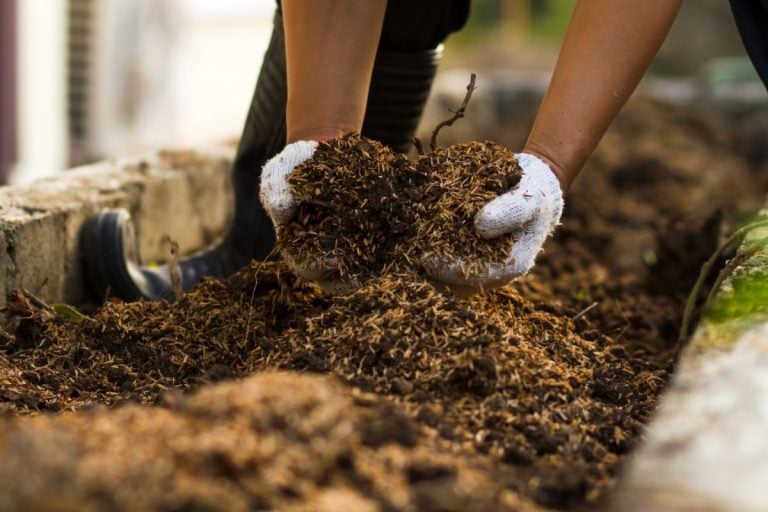
Loam-based composts are made of a loam base. They are one of the best compost mixes for gardens. Loam-based composts consist of balanced mixtures of loam, silt, and sand. The equal composition of these inorganic soil types creates an ideal plant-growing environment. Loam-based composts are excellent for maintaining moisture and keeping plants hydrated. The unique thing about them is that they dry out less than other composts. The loam in loam-based composts is sterilized to eliminate pests, weeds, and diseases.
Benefits of Loam-Based Composts
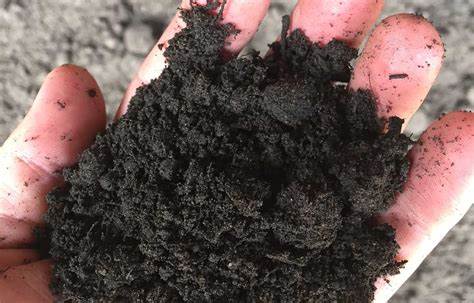
There are various benefits of loam-based composts. Let’s take a look at a few of them:
It Avoids Fluctuation in Nutrient Content
The main benefit of loam-based compost is that it avoids nutrient and water content fluctuation in the growing medium. Since loam-based compost contains loam, it is very stable. It is perfect for vegetables and plants that will remain in the same place for a long time.
Improves the Fertility and Drainage of The Soil
Loam-based compost is the best friend of a gardener. It breaks up clay particles and holds the right amount of air and water. In sandy soils, it can be used to bind the grains to retain fertility and moisture. Loam-based compost improves soil structure, drainage, and aeration and decreases hardpan and compaction.
Improve Plant Growth
Loam-based compost combines different soil types’ qualities and is perfect for plant growth. It boosts plant health by creating an ideal environment for their growth. It also encourages the flow of air around the roots allowing them to breathe easily.
Adds Nutrients
Loam-based compost provides nutrients to plants through a “slow-release” process because the organic matter in them decomposes slowly. The microorganisms change the substances in the organic waste into a soluble form, making them easy to be used by plants.
Water Retention
The loam, sand, and silt present in loam-based compost ensure that moisture and important nutrients are retained in the soil. Loam-based compost allows the soil to retain water without oversoaking the roots.
Why Loam-Based Compost Over Synthetic Fertilizers?
Synthetic fertilizers provide the right amounts of specific nutrients but lack soil-building microorganisms and micronutrients. They release nutrients at once and promote growth that is susceptible to diseases. Also, the excess nutrients can leach away easily, polluting nearby waterways and causing red tide and toxic algae blooms. You’ll not encounter these issues with loam-based compost. It provides a sustained, slow release of nutrients that can be used by plants as needed. Loam-based compost is the perfect choice for eco-conscious gardeners as it has all-organic composition and is packed with nutrients.
Difference Between Loam-Based Compost and Soil-Less Compost
Loam-based compost contains a huge amount of trace elements and plant nutrients. Due to this, you need to sprinkle less fertilizer on your plants during the growing season. Vegetables and plants that will remain in the same place for a long time grow better in loam-based soil than in soil-less compost. But it may be difficult to handle when wet and is heavy to carry. Soilless compost is easy to use and lighter to carry. But they can run out of plant food soon and can be difficult to rewet.
How to Create Loam-Based Compost?
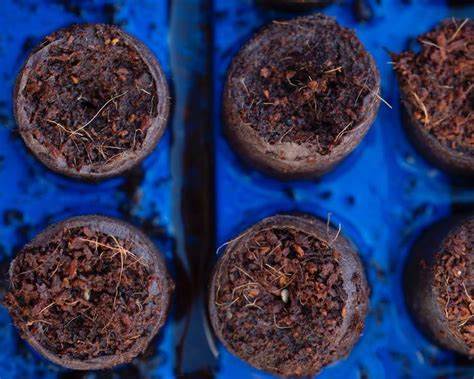
You can create a loam-based compost mix at your home. If you have loam soil in your garden, you can even use that but ensure it is of good quality. Another way to make loam-based compost is by stacking grass turfs upside down. You have to keep the turfs in this position until they break down. Commercial loam-based composts are sterilized to remove weeds and pests. You can sterilize loam-based compost in your oven.
The ideal way to make loam-based compost at home is by mixing 1/3 loam (from the garden), 1/3 leaf mould (from autumn leaves), and 1/3 homemade compost (with bedding from chickens and well-rotted manure). Coconut coir can also be added to loam-based compost as it helps the soil retain optimal moisture levels. This loam-based compost works well for mulching around vegetables and plants and placing them in containers.
You will need a heat-resistant dish and an oven to sterilize the loam-based compost. The loam soil must be sieved with a 5.5 mm sieve. After that, you can place the loam soil on the dish and place it in an oven or microwave at 71 to 79°C for around ten minutes.
When Should You Avoid Using Loam-Based Compost?
Loam-based compost should be avoided in areas that do not have a good drainage facility. Powdery mildew, rust, verticillium wilt, mosaic virus, black spot, damping off, mosaic virus, and other plant pathogens can survive the loam-based composting and infect new plants. You should avoid using loam-based composts that are of poor quality. When purchasing loam-based compost, check to see if the makers are JIMA association members. If you want to grow vegetables and plants sustainably in your garden, avoid using loam-based compost.
Loam-Based Composts Are Good for Which Types of Plants?
Loam-based composts are good for a wide variety of plants, like mature plants that will remain in the same place for a long time. They are also excellent for the vegetable garden. You can use loam-based compost at all stages of plant growth. They can also be used for outdoor or indoor vegetable gardens. You can also use them at places where the plants are not grown close to the natural soil.
Conclusion
Loam-based compost provides many benefits; every gardener should consider taking advantage of them. But its quantity needs to be adjusted because of some plants, like wet or dry soil. Loam-based compost won’t instantly supercharge your plants. So, don’t expect that if you sprinkle loam-based compost over your plants, they will grow like magic beans.
You will have to wait to see its positive effects on the plants. You can also make it at your home or buy it from a local gardening shop.
Frequently Asked Questions
What Is the PH Level of Loam-Based Compost?
The pH level of loam-based compost will vary depending on the ingredients that have been used to prepare it. Non-peat-based compost has a lower pH level, and peat-based compost has a higher pH level.
How Should You Use Loam-Based Compost?
There are different ways to use loam-based compost. One of the most effective methods includes- cutting a non-flowering 10 cm shoot and leaving two healthy pairs of leaves. Next, you need to take a rooting gel to propagate cuttings. Dip the cutting in it and then put it into the compost. Ensure that you’re watering the cutting adequately. Place it in a polybag and put it in an area where it doesn’t get direct sunlight.
Is It a Good Idea to Mix Peat and Loam-Based Compost?
You can mix peat and loam-based compost as per your specific situation and need. It is included in many compost formulations as it retains water and provides nutrients and a good texture that helps in avoiding compaction and maintaining aeration. When gardening on a budget mixing peat and loam-based compost can be a good idea, as peat-based composts are very cheap. But many people do not mix peat and loam-based compost because peat is not good for the environment. When peat-based compost is used on a large scale, it may damage the wetland environment.
Are Ericaceous Composts Loam-Based?
Most ericaceous composts do not contain loam, meaning you can’t use them as a growing medium for your vegetables or plants. But they can still be used as soil amendment medium or an additive. Ericaceous compost does not support the plant’s root system as it doesn’t have a soil-like structure, and the pH value may be too acidic to use as a growing medium.
Can You Plant Herbs in Loam-Based Compost?
Loam-based compost is not good for growing herbs. It does not provide the structural stability and minerals herbs need. Herbs need a balance of essential nutrients not present in the compost in the required amount.

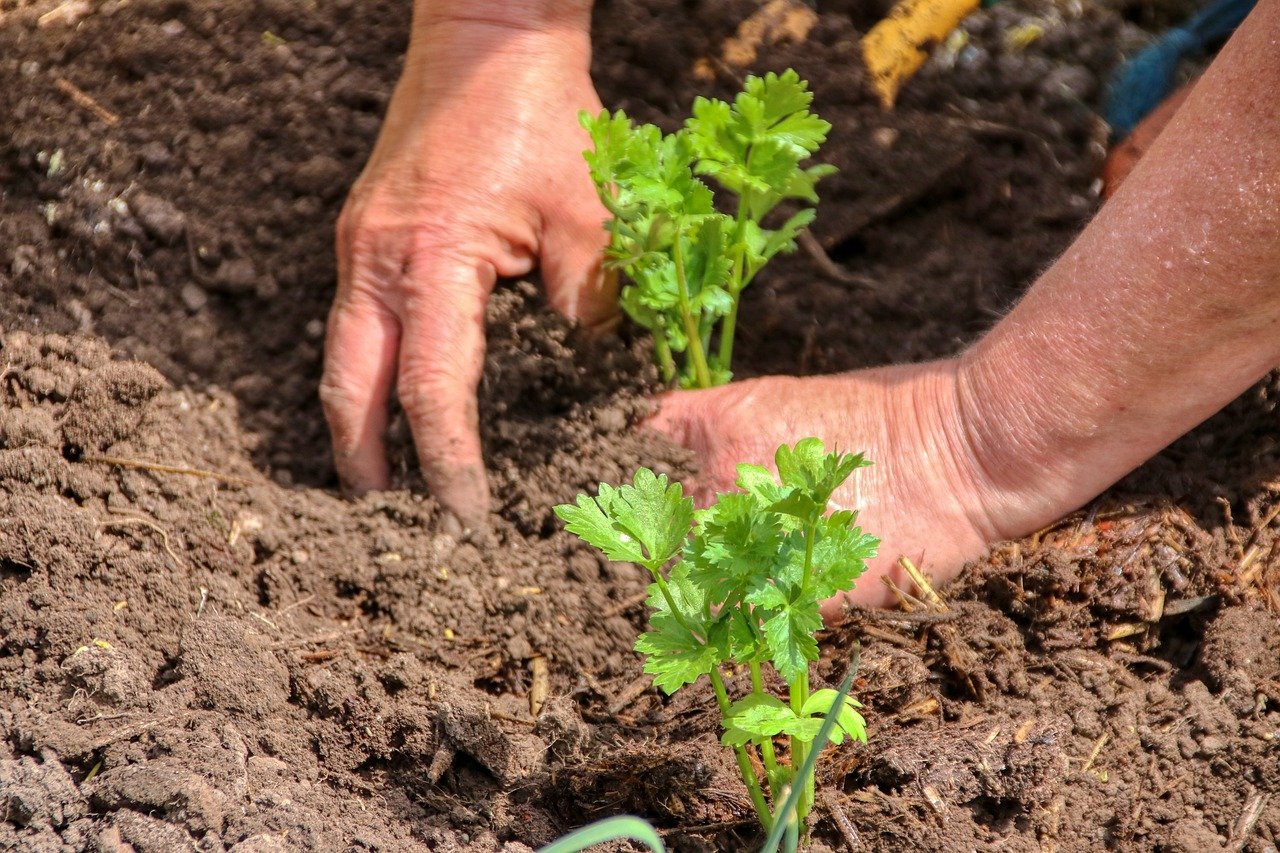
![How and When To Mulch a Garden Effectively [UK]](https://staging.thearches.co.uk/wp-content/uploads/How-To-Mulch-A-Garden-Effectively.jpg)
